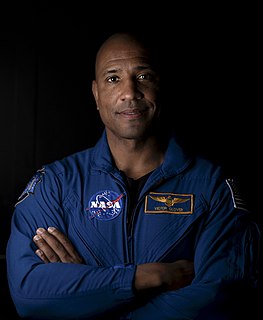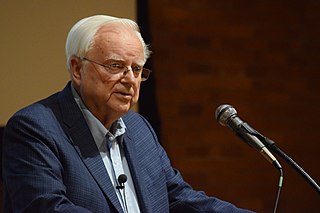A Quote by Ellen Stofan
Water-based life is very much an Earth-centric view, and we can push the envelope on that here in our own solar system. We have the methane seas of Titan.
Related Quotes
Titan has no liquid water on its surface, and any liquid water beneath its surface is inaccessible to us, as far as we know. It has hydrocarbon lakes, but we don't know of any organisms that could live in those, not at the temperatures that we find on Titan. Any reference to possible life in lakes on the surface of Titan is pure speculation.
































